Tag: Vancouver Recital Society
-
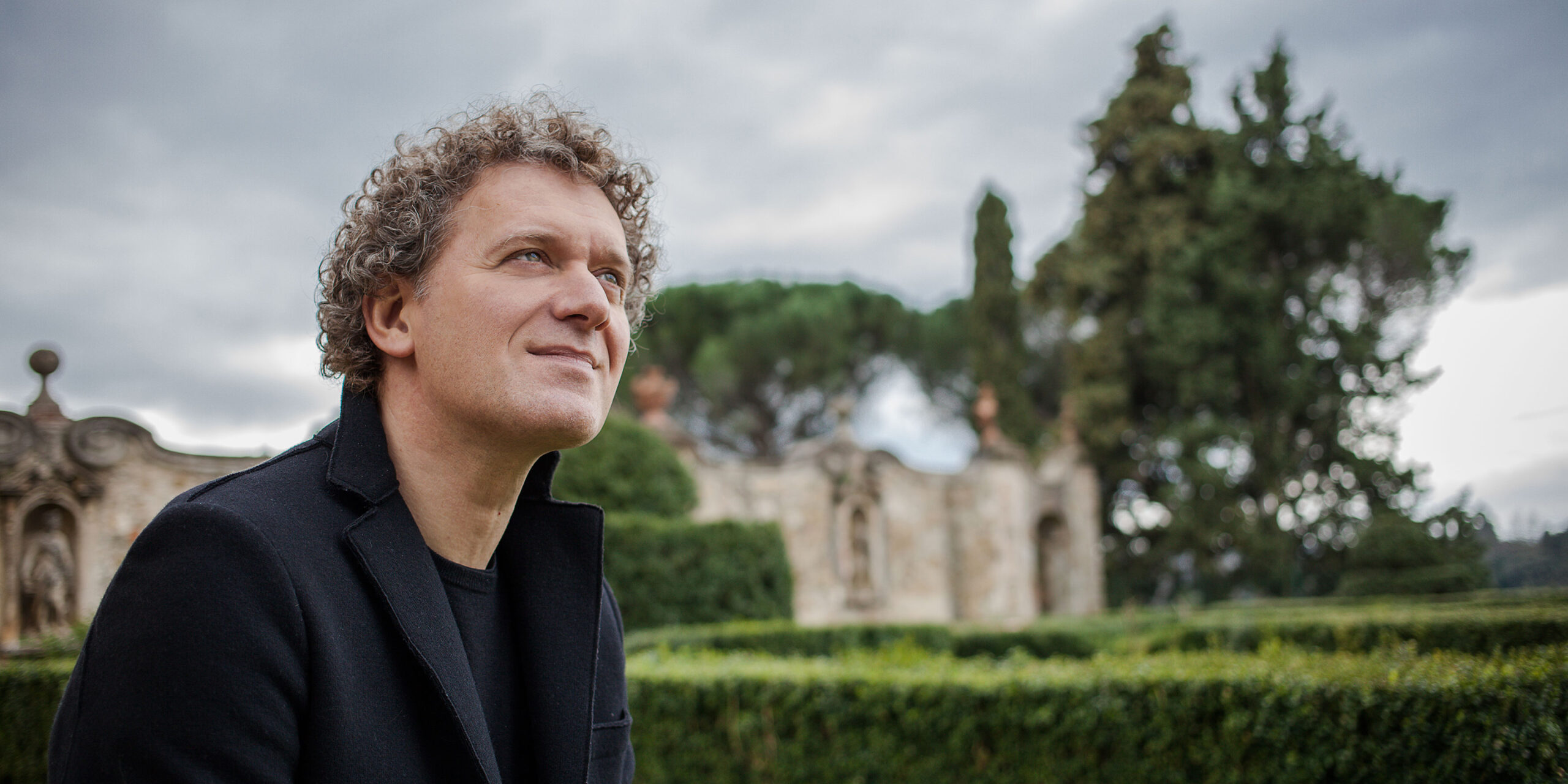
-

-
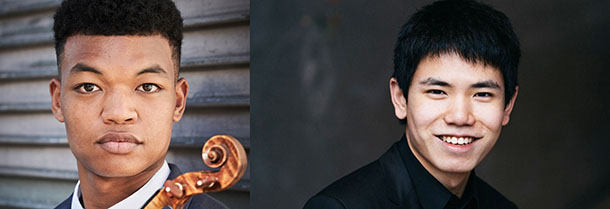
PROGRAM NOTES: RANDALL GOOSBY AND ZHU WANG
Lili Boulanger Deux Morceaux Lili Boulanger was born into a distinguished family of French musicians. Her grandfather, Frédéric Boulanger (b. 1777) had been a professor at the Paris Conservatoire and was married to Marie-Julie Haligner (1786-1850), a mezzo-soprano at the Théâtre de l’Opéra-Comique who had sung in the premiere of Donizetti’s La Fille du Régiment…
-
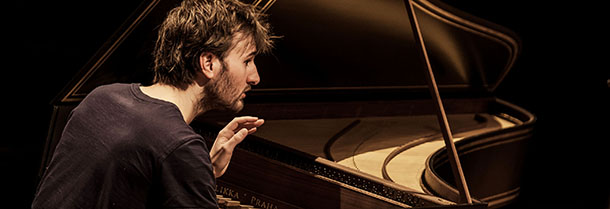
PROGRAM NOTES: JEAN RONDEAU
Johann Sebastian Bach Goldberg Variations BWV 988 Bach’s Aria mit verschiedenen Veränderungen vors Clavicimbal mit 2 Manualen was published in 1741 as the final instalment of his Clavier-Übung series of keyboard works. This monumental exploration of the variation form ranks as the largest single keyboard composition published in the 18th century, in which Bach displays…
-
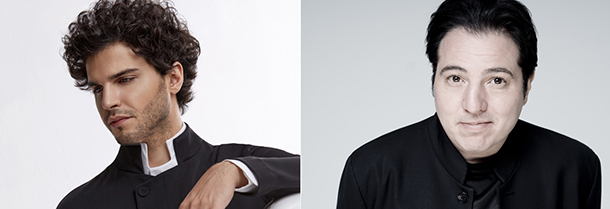
PROGRAM NOTES: JAMAL ALIYEV AND FAZIL SAY
Franz Schubert Sonata in A minor for Arpeggione and Piano D. 821 Schubert’s Arpeggione Sonata was composed in 1824 but only published in 1871—long after the composer’s death in 1828, and almost as long after the principal instrument for which it was written fell out of favour. The six-stringed arpeggione was a kind of large…
-
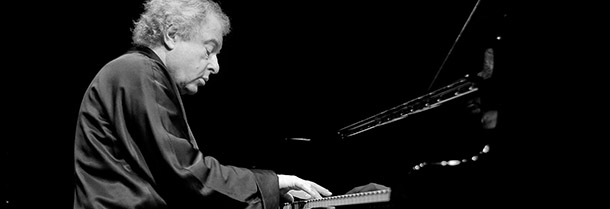
PROGRAM NOTES: SIR ANDRÁS SCHIFF PERFORMS THE GOLDBERG VARIATIONS
Bach’s Clavier-Übung (1726-1741) The works on this evening’s recital are selected from Bach’s collection of keyboard pieces published in four parts between 1726 and 1741 under the collective title Clavier-Übung (keyboard exercise). In this collection Bach systematically lays out for amateur and professional keyboard-players alike his mastery of the genres, compositional techniques, and national styles…
-
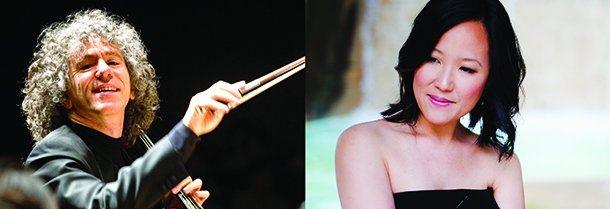
PROGRAM NOTES: STEVEN ISSERLIS AND CONNIE SHIH
Reynaldo Hahn Variations chantantes sur un air ancien The Venezuelan-born French composer Reynaldo Hahn is best known for his contribution to the French song repertoire with his more than 100 mélodies published between 1890 and his death in 1947. He is equally well known as the sometime romantic partner of writer Marcel Proust, whose epic…
-
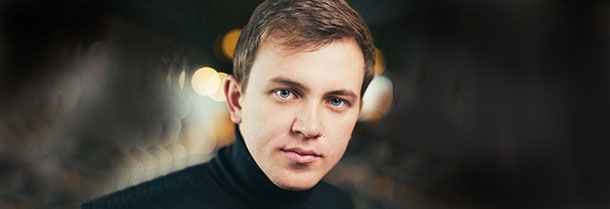
PROGRAM NOTES: FILIPPO GORINI
Johann Sebastian Bach The Art of Fugue BWV 1080 By the 1740s Bach had largely withdrawn from composing new church music for Leipzig’s Thomaskirche, devoting his creative energies instead to a series of large-scale projects that responded more directly to his own personal and professional interests. These monumental works were encyclopedic in scope, systematic in…
-

PROGRAM NOTES: GOLDA SCHULTZ
Clara Schumann Liebst du um Schönheit | Warum willst du andre frage | Am Strande | Lorelei Clara Schumann (née Wieck) was a major figure in nineteenth-century music. As a child prodigy, she toured Europe with her father and teacher Friedrick Wieck, meeting Goethe in Weimar and Paganini in Paris. After her marriage to Robert…


